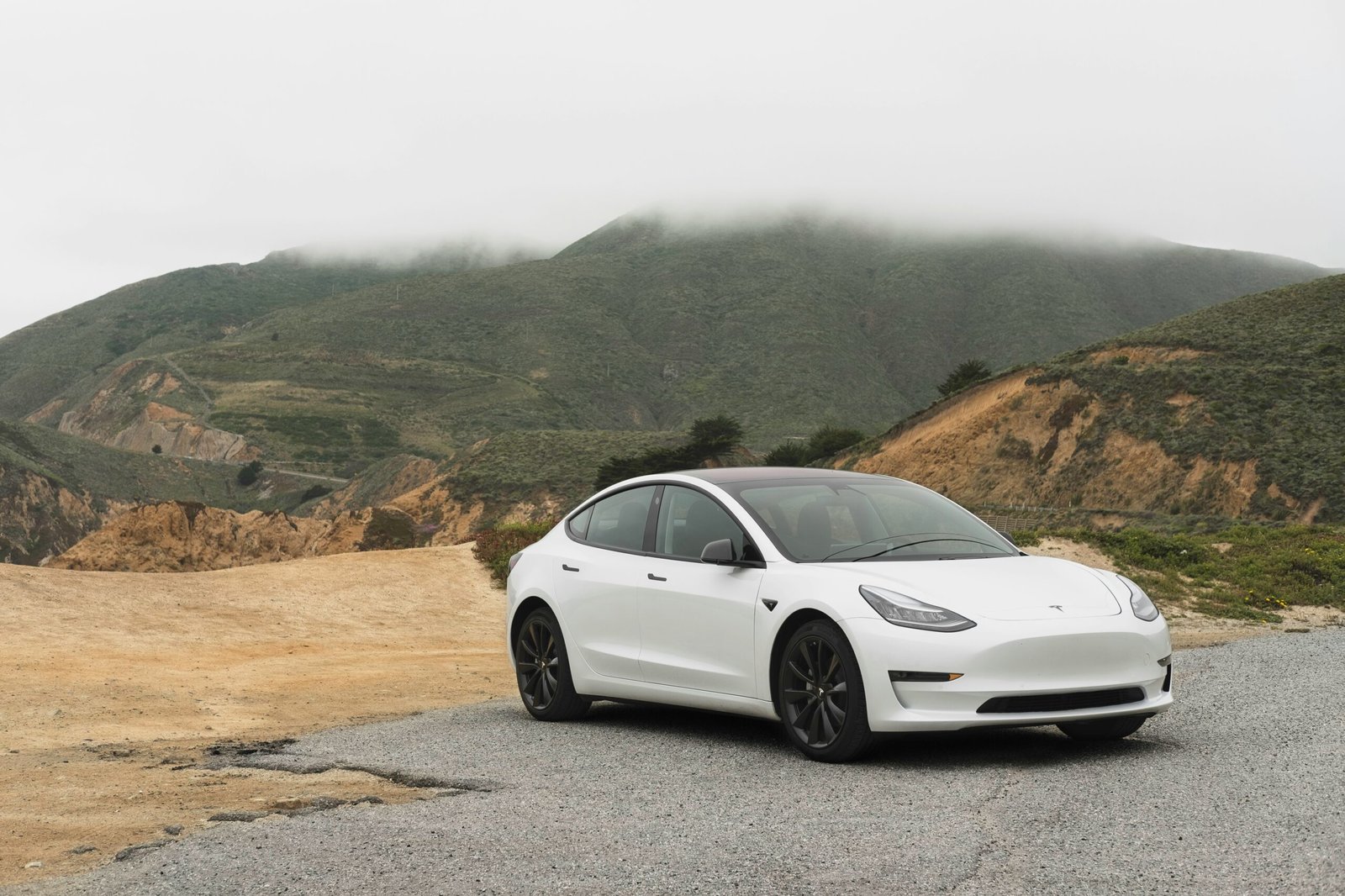Tesla Battery Engineer Interview Questions

About Course
Tesla Battery Engineer Interview Questions
This comprehensive module is designed to prepare candidates for the rigorous and multidimensional nature of the Tesla Electrical Engineer interview process, specifically within the context of electrical design for battery systems. It is ideally suited for engineers targeting roles in Battery Electronics or Electrical Design Engineering at Tesla, where a deep understanding of both theory and real-world application is critical. In this guide, we’ll cover the most common Tesla Battery Engineer interview questions and some common electric vehicle interview questions that test vehicle knowledge.
Tesla’s engineering culture is rooted in innovation, rapid prototyping, and end-to-end ownership of systems. For electrical engineers, particularly those working on battery management and high-voltage systems, the technical bar is exceptionally high. The Tesla Battery Engineer interview questions used in this course reflect the company’s real hiring standards, combining foundational theory with scenario-driven design challenges.
Overview of the Interview Module
This unit includes 100 curated Tesla Battery Engineer interview questions that simulate the type of questions asked across phone screens, technical panels, and final rounds. Each question is mapped to the real skills required for success in Tesla’s electrical engineering teams, particularly in battery design, power integrity, and hardware validation.
Each question is paired with a detailed rationale to reinforce concept mastery and decision-making clarity — a trait highly valued at Tesla.
Technical Topics Covered
The course explores a wide range of relevant subject areas, offering insight into the breadth of knowledge candidates are expected to demonstrate during the Tesla Battery Engineer interview process:
Precision Analog Design and Measurement
-
ADC reference stability, voltage-divider accuracy, and kelvin-sense configuration.
-
Analysis of measurement errors due to layout, noise, and component variation.
EMI and High-Speed Design Practices
- Gate-drive layout strategies to reduce EMI via loop-area minimization.
-
Use of RC filtering, decoupling caps, and grounding techniques for noise suppression.
High-Voltage Design Safety
-
Clearance and creepage requirements for high-voltage battery boards.
-
Design compliance with safety regulations relevant to EV platforms.
Simulation and Design Validation
-
Use of LTSpice for thermal modeling, switching loss estimation, and transient simulations.
-
Functional verification of rails under load and temperature extremes.
Test Automation and Data Analysis
-
Implementation of Python-based automated test setups using PyVISA, pandas, and matplotlib.
-
Real-time validation of BMS telemetry and functional test logs.
Mass-Production Readiness
-
Design considerations for panelization, accessible test points, and robust component sourcing. Our Tesla Electrical Engineer interview questions stress this specifically
-
Validation of supplier consistency and build reproducibility.
Wireless and RF Integration
-
RF layout techniques and BLE communication considerations for telemetry modules.
Failure Analysis and Diagnostics
-
Root-cause analysis using tools like microscopy, X-ray imaging, and historical data comparison.
-
Integration of diagnostic feedback loops into new designs.
Cross-Functional Collaboration
-
Integration points with mechanical design, thermal simulation, and systems engineering.
-
Aligning layout constraints with packaging, cooling, and manufacturability.
Functional Safety & ISO 26262 Compliance
-
Diagnostic coverage, watchdog architecture, and system redundancy analysis.
-
Demonstrating safety goals through fault injection and safety case documentation.
Why This Module Matters
The Tesla Battery Engineer interview questions included in this course are not abstract or academic. They are grounded in real product challenges Tesla engineers face — from powertrain to battery systems, from PCB layout to mass production. Mastery of these questions provides candidates with both confidence and competence as they move into technical interviews.
Furthermore, the emphasis on practical design decisions, trade-off analysis, and functional safety reflects Tesla’s expectation that engineers not only design but also own system performance from concept through launch.
Whether you are applying for a role in energy storage, Model Y systems, or advanced battery development, this module provides the targeted preparation required to stand out.
Get started now and take your next step toward a career in using our Tesla Battery Engineer interview questions!
👉 View Tesla Engineering Roles →
👉 Explore Our Interview Prep Courses →

Course Content
Tesla Electrical Design Engineer, Battery Electronics Interview Questions
-
Tesla Electrical Design Engineer – Easy
-
Tesla Electrical Design Engineer – Medium
-
Tesla Electrical Design Engineer – Hard
-
Tesla Electrical Design Engineer – Behavioral/Culture Fit